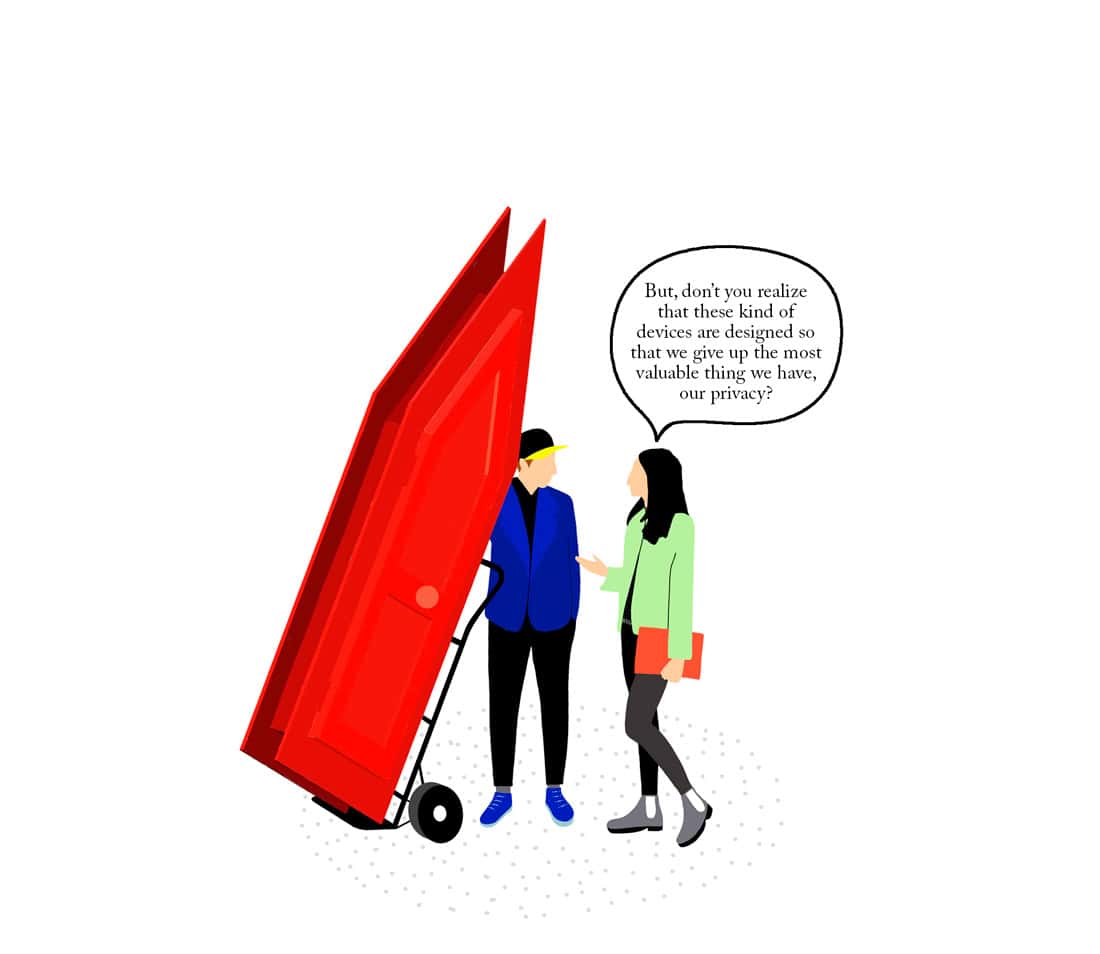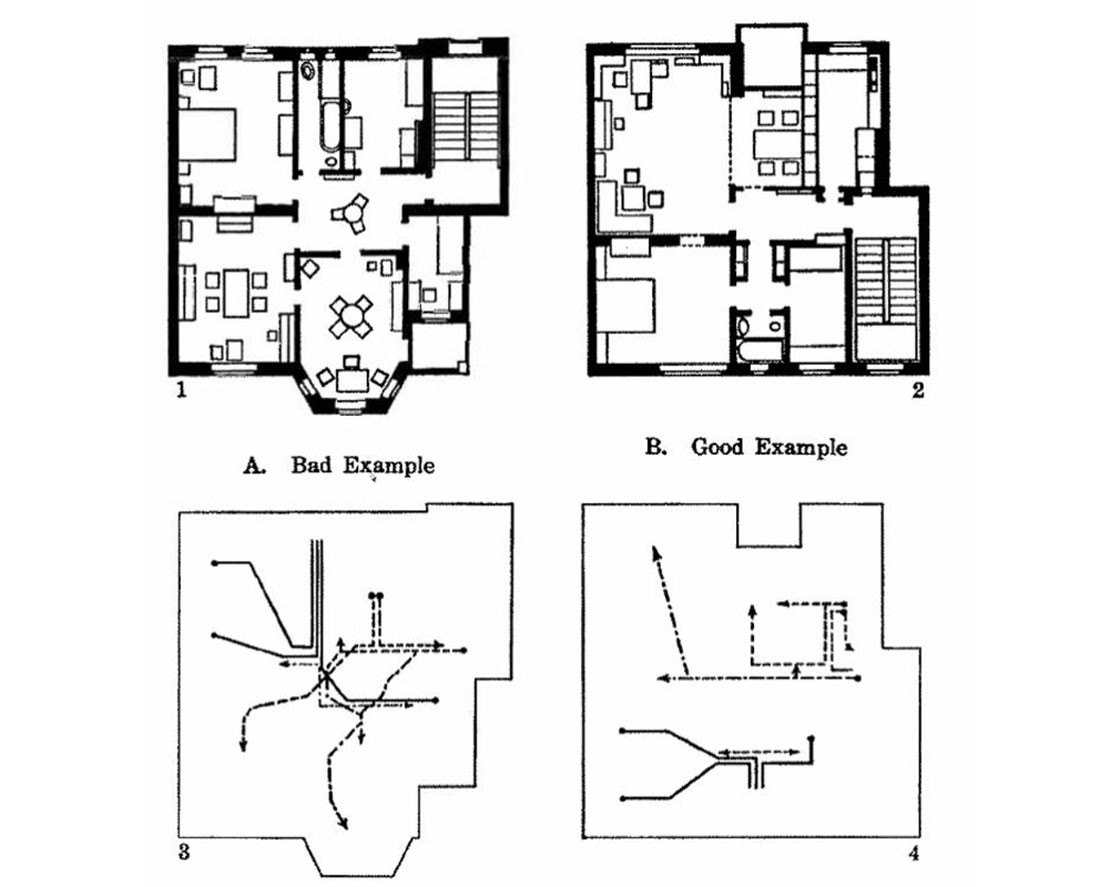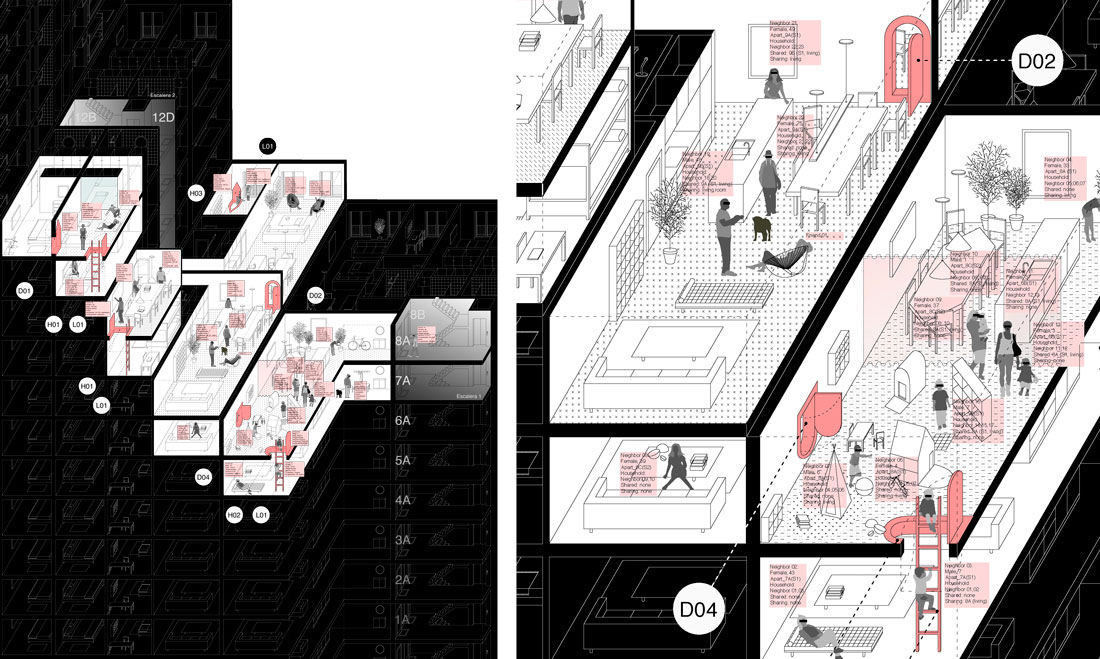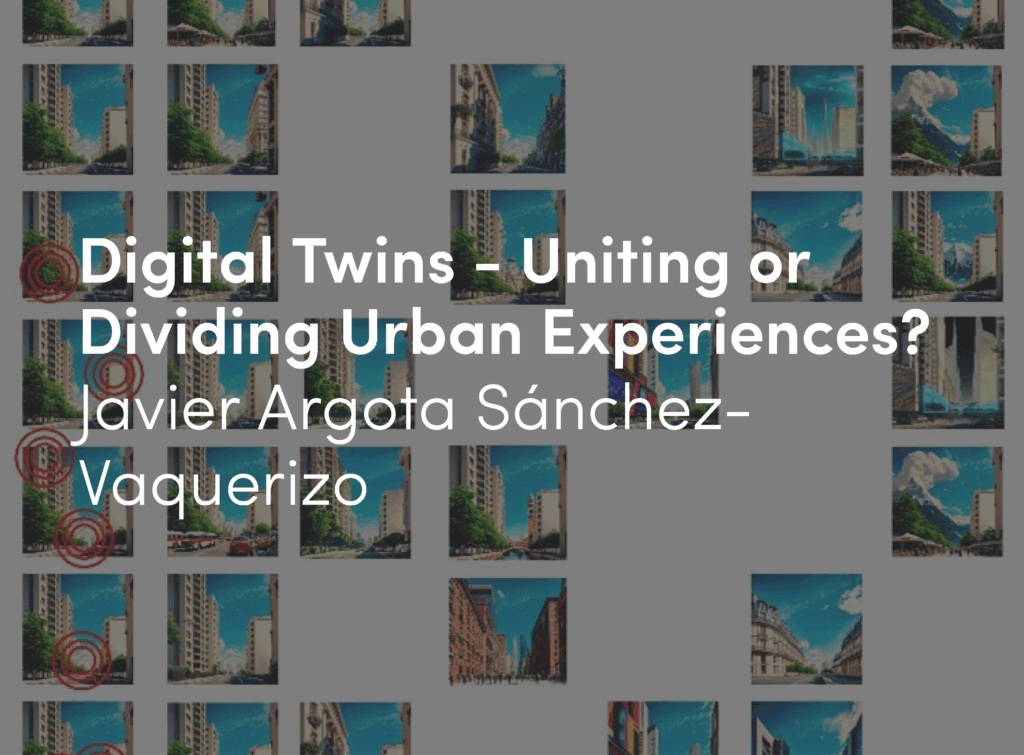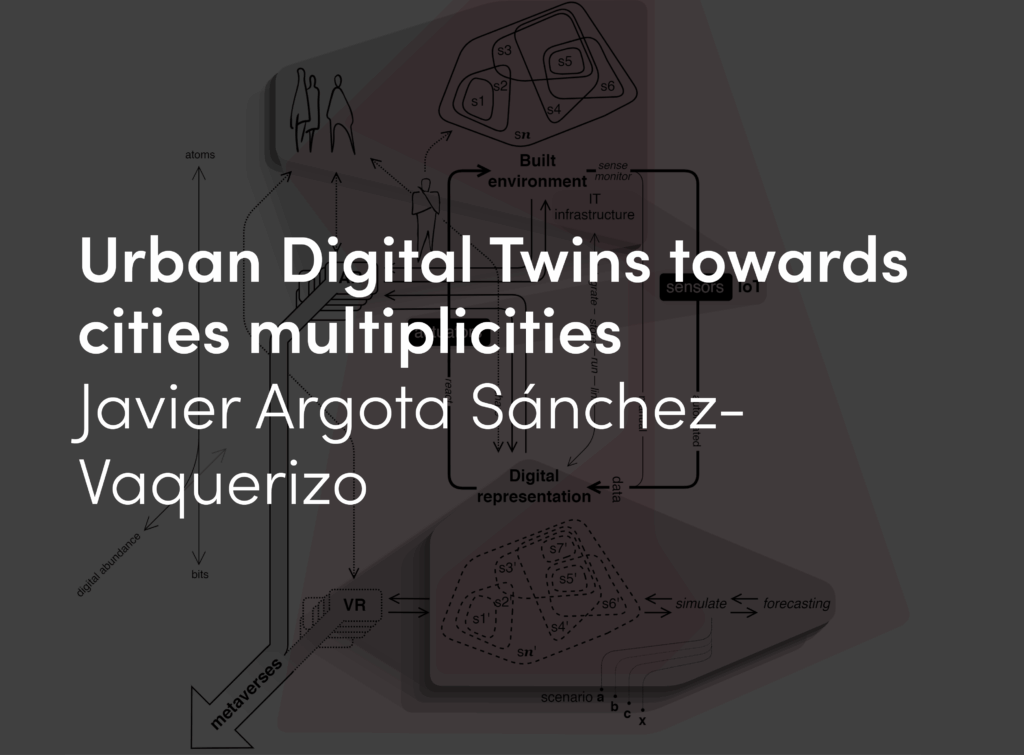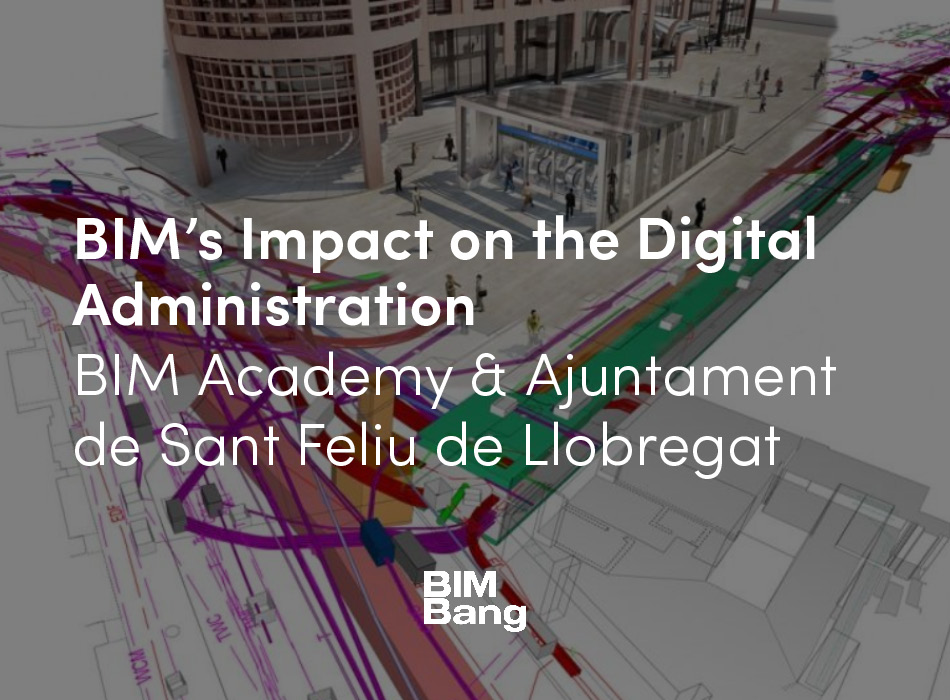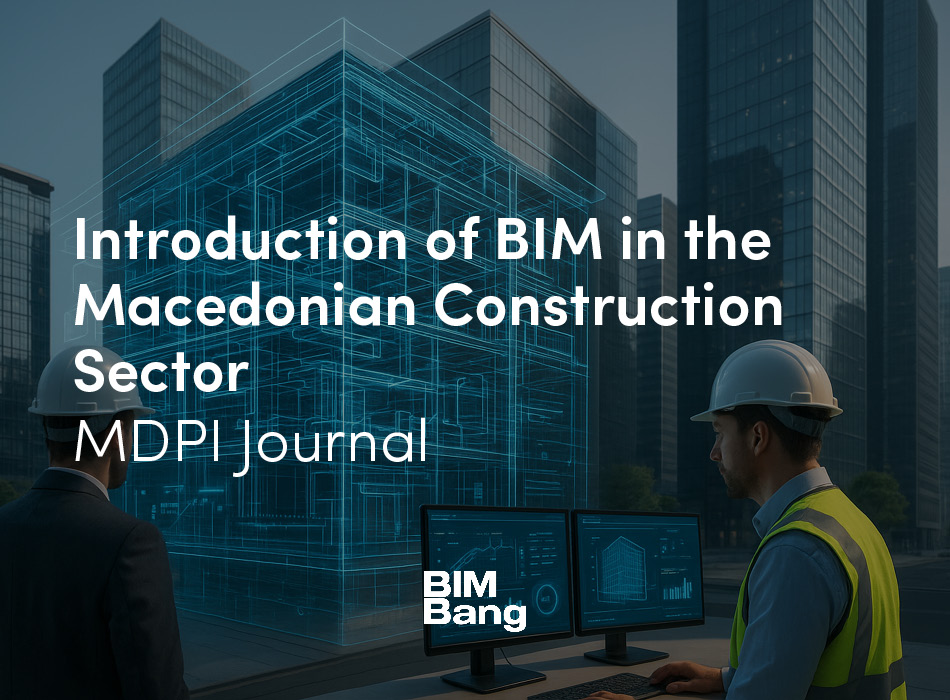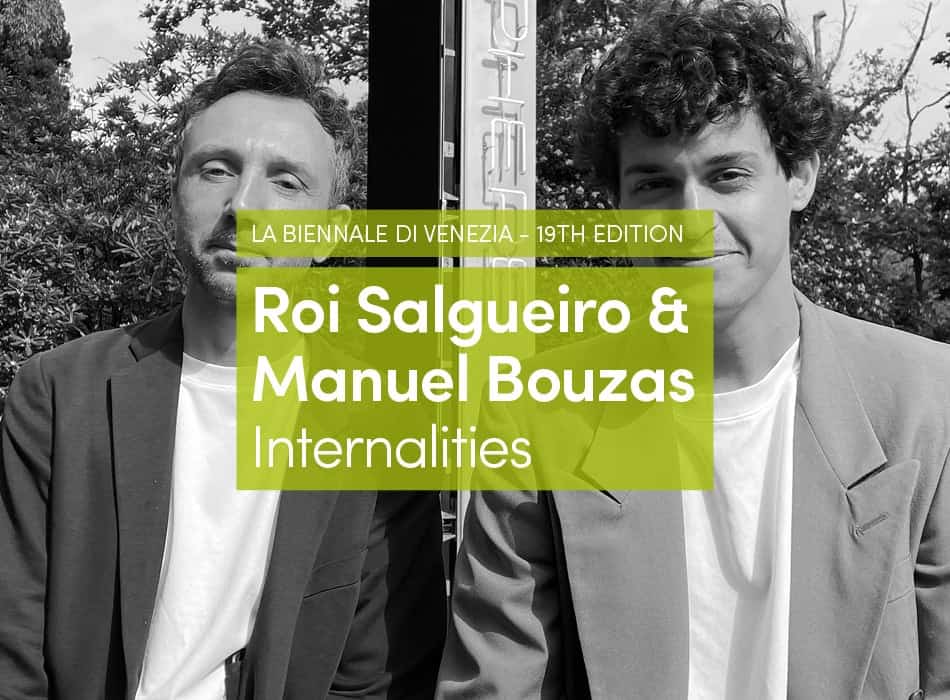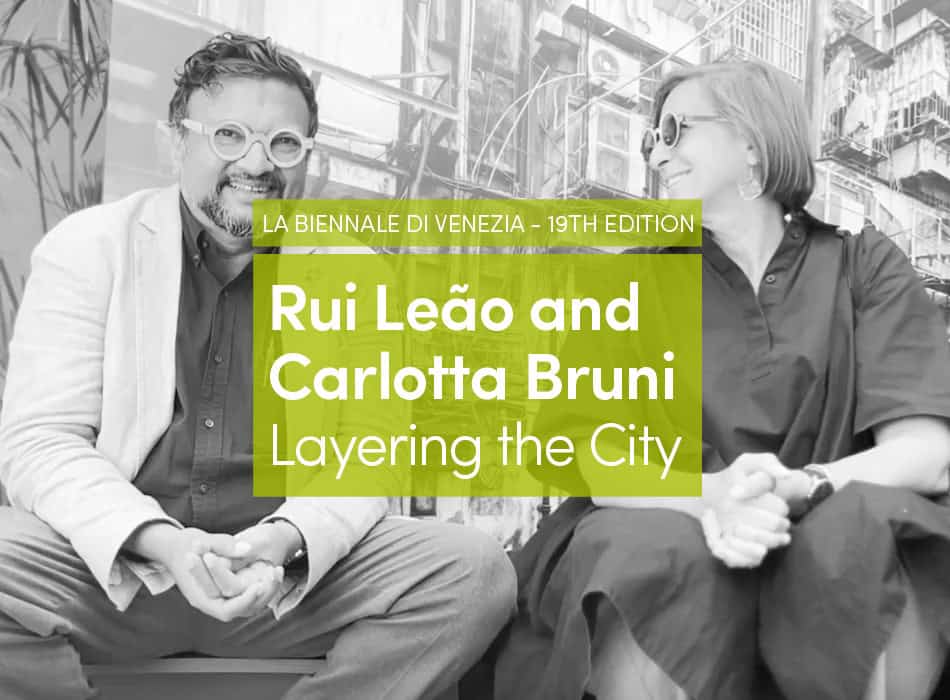These are extraordinarily uncertain times.
As 2021 progresses, we must assume that we are inevitably moving towards a new scenario that, in many respects, has yet to be precisely defined and could mark the beginning of a new era.
In addition to an increasing list of pressing social and environmental issues, the past few months have shown us how all aspects of our lives were severely impacted and potentially transformed by the COVID-19 pandemic. As one of the first reactions, the world of neoliberal governmentality and ethics is once again being scrutinized and questioned. The consequences of globalization have been quarantined.
In an attempt to catch up, our discipline reacted by questioning itself (again) through a dizzying increase in essays, articles, posts, publications, course syllabi, ZOOM interviews, ZOOM seminars, ZOOM workshops, ZOOM lectures, and panel discussions about how we, as architects, should respond to and fit into a post-vaccine era, if only to offer old innovative (always relevant) answers to new recurring (always needed) questions.
But if we narrow the scope of our predictions and look into the new routines that affect us all, we realize how deeply the global lock-down has turned our domestic receptacles into the only physical environment verily available. This accelerates an already prevalent mode of experiencing the world while living indoors – a willful and questionable closure enhanced by communication technologies,[1] forcing a new perspective on familiar and personal interactions.
Now, a year later, as people around the world emerge from isolation, or re-enter it again for those who are facing another wave, there is a shared pulse of awareness and concern about how we will reconnect to each other after all, and how we will reconstruct our own and most basic understanding of the social sphere.
Assuming that this question cannot be answered by architecture alone, and with many advocating for social solidarity as a means of entering the new normalcy, this proposal, halfway between essay and visual provocation, looks into and builds on the potential of the relationships revealed between the alteration of physical space and the resulting human interactions, digging into the ones that inevitably occur with the people closest to us – our neighbors – and within the most common urban habitat – the residential block.
This initial approach, which places domestic space and communal structures at the center of the social debate through architecture, harnesses the growing and transformative power of non-regulated collective action and bottom-up initiatives to subvert the current real estate logics and envision alternative futures for our domestic aggregations. However, with 75% of the housing of tomorrow being already built today, it also draws attention to the need to adapt our current models to the social challenges to come, reflecting on the (political) role of architects in facilitating processes of self-determination and co-production of space beyond a romantic notion of participation.[2]
Accordingly, and in order to stress the theoretical implications and design possibilities of working with the existing context, this spatial simulation arises as a useful tool to question our evolving relationship with the physical environments that structure our coexistence. Advocating for small everyday insurrections within our private realms becomes a key part of a process that might help us to move on from wondering what architecture can do for us and towards reflecting on what we can do with the architectures we have been given.

“A Family of the Stone Age” by the French illustrator Emile Bayard (1837-1891). In Primitive Man by Louis Figuier (1819-1894). (London: Chapman & Hall, 1870).
We tend to associate domesticity with stasis, a strong sense of ownership, bourgeois accumulation, banality, and conservative family values. We do so because the predominant domestic landscape in our cities is the result of a long and complex process aimed at regulating our life in a common following of broadly assumed precepts linked to the rise of capitalism.
Historically, in the West, the link between housing and its subjects has been reinforced by the condition of private property [3] and a carefully crafted notion of the nuclear family, which both the state and capital consider a docile and productive subject.[4] With the advent of industrialization, and to manage a growing population, the creation of typical spatial conditions became crucial. However, beyond simply offering refuge and celebrating a social mix, over the last two centuries many efforts have been aimed at making the house a frictionless space.[5] While the medieval house was a loose conglomerate of rooms with no strong functional identity and the Italian Renaissance villas were organized using interconnected rooms as a spatial setting for a society of habitual gregariousness, passion and carnality, the modern house has evolved towards a composition of specific spaces arranged along a corridor to reduce “incidental, distracting, corrupting and malignant” communications.[6] Confidence in unlimited urban density did the rest, and the resultant dwelling aggregations were built around our irrevocable desire for privacy, thus disregarding the benefits of a life in common.
“The Functional House for Frictionless Living”. Alexander Klein, 1928. Originally in Catherine Bauer. Modern Housing. (Boston: Houghton Mifflin, 1934).
But what if we were provided with some kind of retroactive tools with which recalibrate and unlock our domestic life and community interactions and explore the hackable potential of our housing blocks?
Meet Your Neighbors (Again) explores the consequences of reversing the current real estate trends using their prototypical outcomes – preset systems that consistently deny the increasing salience of agency – as an extensive testing ground. In an idealized theoretical construct, inhabitants will be able to co-produce new interlocked interiors, now understood as informal continuums, and upgrade existing residential buildings, finally perceived as a sequence of cohabitation clusters, as constellations of new intimacies.
In the belief that the simpler the means are, the more effective the strategy is, a basic set of ordinary devices consisting of doors, hatches and ladders would be available for prospective users to decide on the limits of their privacy and explore new modes of sharing. Besides the required and more pragmatic technical features that inform the basic design, these devices not only embed an intrinsic potential for change that has yet to be discovered, their low-impact associated actions also embrace reversibility and impermanence as an instrumental part of the discourse. Therefore, through this relatively limited catalog of building components, the proposal operates within and against in a retroactive mode: turning obsolete typologies tightly linked to the development of modern housing into timely frameworks waiting to be altered and become real backdrops for those collective practices that define the texture, substance and importance of the everyday.[7]
Retroactive Tools. Catalog. MAPAa, 2021.
So, rather than just a project, this investigation constitutes a graphic simulacrum of subversive modes of coexistence supposedly activated through the implementation of soft forms of activism. As an alternative form of collective action, it will be the residents who, through consensual openings of passages between the existing housing units, will blow up an archaic way of understanding the structures that support our conviviality. It might become a new Pruitt-Igoe, but this time without controlled implosion, and without Charles Jenks filling it with meaning.[8]
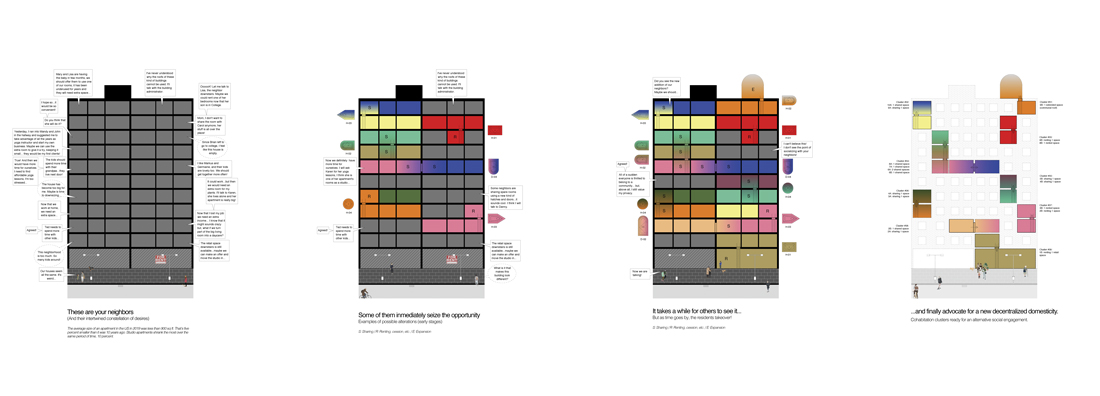 These are your neighbors. Some of them immediately seize the opportunity. It takes a while for others to see it…and eventually advocate for a new decentralized domesticity. MAPAa, 2021.
These are your neighbors. Some of them immediately seize the opportunity. It takes a while for others to see it…and eventually advocate for a new decentralized domesticity. MAPAa, 2021.
Based on replicable and rhizomatic strategies, the accumulation of these simple gestures will lay the foundations for a new and much-needed decentralized domesticity. One that would be better suited to accommodate emerging and diverse typologies of post-familial living arrangements and various forms of collectives, understood as a way forward in the formation of what Barthes would describe as idiorrhythmic communities.[9] One that would rely on a molecular kind of expansion that allows participants to react to evolving circumstances altering the thin surfaces (walls, floors, ceilings) that tie us together while keeping us apart, questioning at the same time preconceived ideas about privacy and ownership.
Constellation of new intimacies. MAPAa, 2021.
Over time, those collective efforts would naturally build flexible compositions of interconnected rooms that are no longer predetermined “domestic spaces” imposed by a formalized market, but rather generic inhabitable cells and clusters ready for new social engagement. Different outcomes will make explicit, in spatial terms, the potential of friction as a catalyst for new dynamics of communal life within and beyond the nuclear family, but they will also underscore the new role of the residents, who cease to be mere captives of concepts devised elsewhere to become stakeholders, remodelers and active co-creators of their own communities.[10]
A generic multi-unit housing setting hacked (graphic simulacrum of subversive modes of coexistence). MAPAa, 2021.
Ultimately, this proposal delves into the heterogeneity of households and proves the multiplicity of domestic meanings with the aim of producing useful and operative knowledge related to a wide range of issues affecting communities and urban systems. It emerges as an invitation to reflect on how we might otherwise imagine and inhabit our inherited domestic spaces, and how we come together beyond the effects of this global crisis, when new forms of solidarity and care should arise and be exercised. It might then be possible to overcome social constraints and rediscover neglected relational needs and values, envisioning other forms of urban coexistence.
